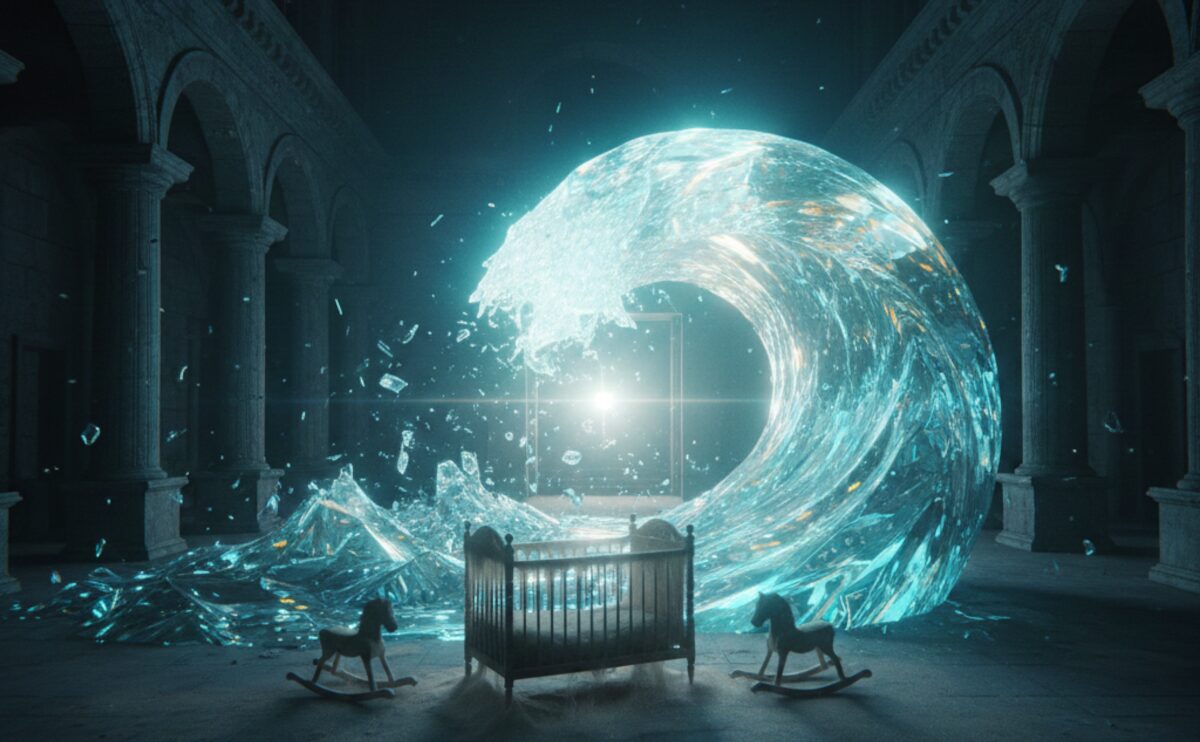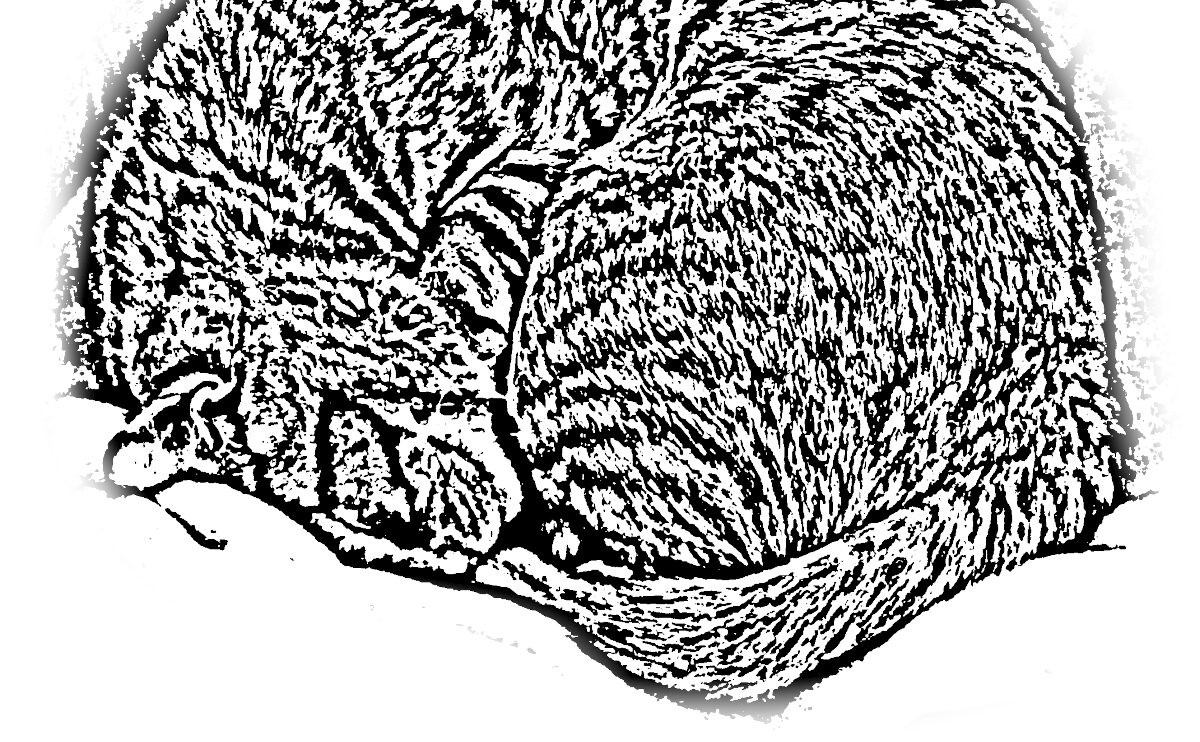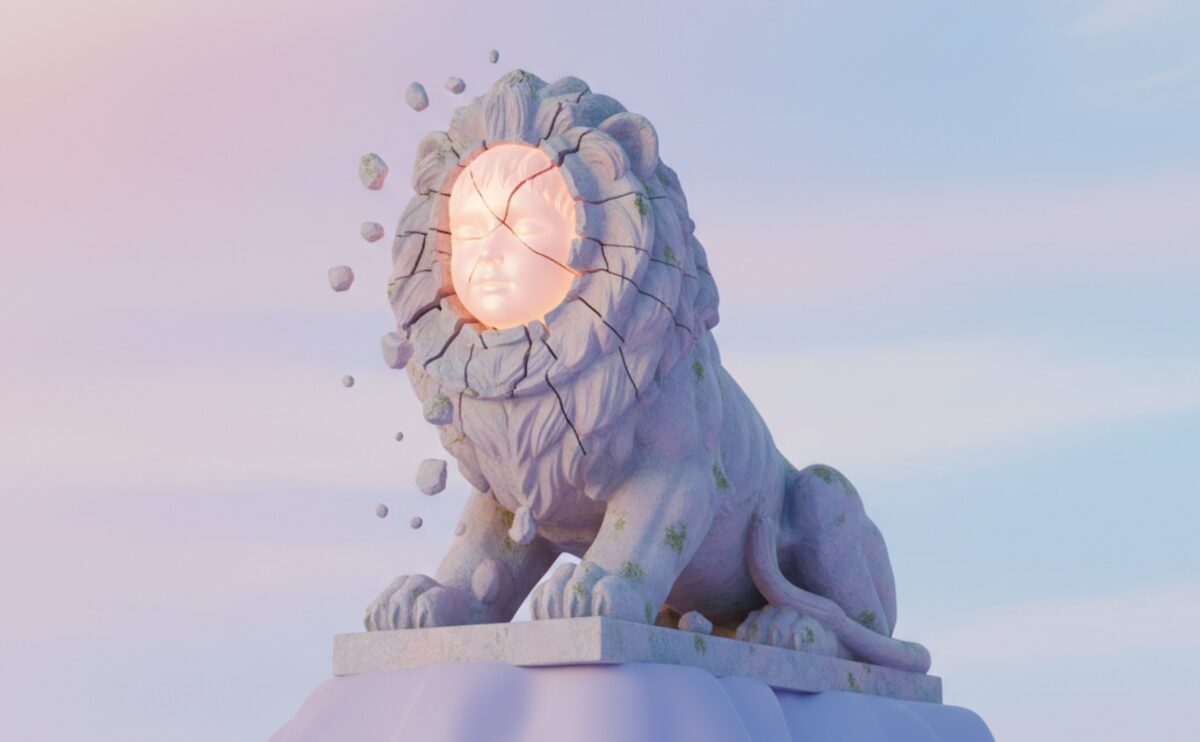Best SF Novel: Windup Girl
A Bio-Engineered Future Unveiled
- The Allure of Synthetic Life: A Breath of Fresh, Albeit Bio-Engineered, Air in this Best SF Novel
- Unravelling the Threads: Psychology and Themes in the Best SF Novel, The Windup Girl
- A Tapestry of Tomorrow: Comparing SF Themes Across Worlds
- Mindfulness Lessons from The Windup Girl: Applying Philosophy to Daily Life
- The Architects of Tomorrow: Companies Shaping the Bio-Future
- The Pulse of Progress: Latest Trends in Bio-Engineering and AI
- A Fond Farewell: Reflecting on this Best SF Novel Masterpiece
Good heavens, where does one even begin with a novel like Paolo Bacigalupi’s The Windup Girl? It’s the sort of book that gently, yet firmly, pulls you into a world both disturbingly plausible and utterly captivating. A true jewel in the crown of SF novels, it’s a piece that refuses to be ignored, much like a stubborn cat demanding attention at breakfast. If you’re seeking to understand the multifaceted charm of the science fiction genre, with its myriad worlds and fascinating technological advancements, then you’ve certainly come to the right place. As a curator of sorts, both in a museum in Tokyo and in my own little world here in Abiko, Chiba, I find myself drawn to narratives that offer a glimpse into the profound questions of existence, and this particular work delivers in spades.
The Allure of Synthetic Life: A Breath of Fresh, Albeit Bio-Engineered, Air in this Best SF Novel
Ah, The Windup Girl. What a captivating title, isn’t it? It instantly conjures images of delicate mechanisms and perhaps a touch of melancholy. This novel, a recipient of both the Hugo and Nebula Awards, is a marvel of speculative fiction. Its allure lies not just in its intricate plot, but in its audacious exploration of a future reshaped by bio-engineering and the relentless pursuit of corporate power.
It paints a picture where the very fabric of life, indeed, the very essence of existence, hinges upon the manipulation of genes. No Genom, No Life., one might say, and in Bacigalupi’s world, that rings chillingly true. The beauty of this work lies in its unflinching portrayal of a world grappling with ecological collapse and genetically modified plagues, all while humanity scrambles for survival amidst the remnants of its past follies. It’s a rather bleak outlook, I’ll grant you, but utterly compelling nonetheless.

Unravelling the Threads: Psychology and Themes in the Best SF Novel, The Windup Girl
Now, let’s delve a little deeper, shall we? The Windup Girl isn’t just a thrilling read; it’s a profound study of human nature under duress. The characters, particularly Emiko, the “windup girl” herself, are painted with such delicate yet firm strokes that one can almost feel their struggles.
Emiko, a genetically engineered being, grapples with her identity in a world that views her as both a marvel and an abomination. Her psychological journey – her yearning for acceptance, her desperate search for a place to belong – resonates deeply. It makes one ponder the very essence of what it means to be human, even when one’s genome has been meticulously designed.
Bacigalupi masterfully weaves themes of environmental degradation, corporate greed, and the ethical dilemmas of genetic manipulation into a tapestry so rich and complex, you’ll find yourself pondering its implications long after you’ve turned the final page. It’s a subtle reminder, too, of our own society’s lingering inability to truly negate conflict, a rather uncomfortable truth that this novel gently, yet firmly, pokes at.

A Tapestry of Tomorrow: Comparing SF Themes Across Worlds
Speaking of profound themes, The Windup Girl fits beautifully into a broader discussion of specific SF motifs. Take, for instance, the pervasive issue of climate change and its societal impact. While Bacigalupi presents a Bangkok submerged and choked by rising tides, other works like Kim Stanley Robinson’s New York 2140 explore similar aquatic futures, albeit with different social constructs. You may explore more on dystopian eco-fiction in New York 2140.
Then there’s the fascinating, and frankly, rather terrifying, concept of corporate dominance over essential resources. In The Windup Girl, the “calorie companies” wield unimaginable power through their control of genetically modified food. This resonates with Margaret Atwood’s Oryx and Crake, where biotech corporations dictate existence, or even our own contemporary concerns about intellectual property and seed monopolies. It’s almost as if these authors are whispering warnings from the future, isn’t it? You may also enjoy our analysis of Margaret Atwood’s Oryx and Crake. These are not merely fantastical tales; they are often profound reflections, amplified and distorted, of our present anxieties.

Mindfulness Lessons from The Windup Girl: Applying Philosophy to Daily Life
One might think that the grand philosophical questions posed by a dystopian SF novel like The Windup Girl are too complex for the hurly-burly of daily life. Not at all, my dear. The struggles of characters like Emiko, and the overarching themes of genetic ethics and environmental responsibility, can, in fact, offer remarkable insights into our own existence.
Consider the concept of mindfulness. In a world as chaotic as the one depicted, the ability to find moments of quiet observation, to truly see the decay and resilience around them, becomes a vital act of survival. For us, perhaps, it’s about paying closer attention to the food we eat, understanding its origins, or even just appreciating the simple rhythm of the seasons here in Japan – a subtle dance our ancestors understood so well.
The novel encourages us to question the unseen forces that shape our lives, much like a philosopher might, and perhaps to seek moments of deliberate pause amidst the everyday scramble. It’s about being present, isn’t it, even in the face of the overwhelming.

The Architects of Tomorrow: Companies Shaping the Bio-Future
While The Windup Girl is a work of fiction, the corporate entities within it, such as the infamous “calorie companies,” are chillingly plausible. They highlight a future where control over basic necessities grants unimaginable power. In our present reality, similar forces are at play, albeit in less dramatic forms, in the biotechnology and agricultural sectors.
- Monsanto (now part of Bayer): Historically known for its development of genetically engineered seeds and herbicides, facing both acclaim for increasing yields and intense scrutiny over environmental and health impacts. Their story, in many ways, echoes the powerful “calorie companies” of the novel.
- Syngenta: A global agribusiness company focusing on crop protection and seeds, heavily invested in genetic research and development for agriculture.
- DuPont Pioneer (now Corteva Agriscience): Another significant player in seed development and agricultural biotechnology, contributing to the discourse around genetically modified organisms (GMOs) and food security.
These companies, though rooted in our reality, serve as stark reminders of the potential for immense influence when technology and essential resources converge. It’s a rather sobering thought, isn’t it?
The Pulse of Progress: Latest Trends in Bio-Engineering and AI
The world of The Windup Girl is steeped in advanced bio-engineering, and it’s fascinating to see how our current technological landscape mirrors, and in some cases, even surpasses, its fictional counterparts. For instance, CRISPR gene-editing technology is no longer the stuff of science fiction; it’s a reality, offering unprecedented precision in modifying genomes. This very technology opens up profound ethical debates, much like those explored in Bacigalupi’s novel concerning “new people.”
Furthermore, the integration of Artificial Intelligence (AI) with biological research is accelerating. AI is now being used to design new proteins, accelerate drug discovery, and even model complex biological systems, which could potentially lead to breakthroughs in sustainable food production or, indeed, more efficient (and perhaps more ethically fraught) genetic modifications. The interplay of AI in understanding and manipulating life itself is a burgeoning field, and one that fans of The Windup Girl would find particularly compelling, given the implications for their own “No Genom, No Life.” realities. It’s a world where the lines between organic and synthetic are blurring at an astonishing rate.

A Fond Farewell: Reflecting on this Best SF Novel Masterpiece
And so, my dear readers, we come to the close of our little journey into the fascinating, if at times unsettling, world of The Windup Girl. This novel, for me, is more than just a captivating SF story; it’s a poignant commentary on humanity’s relationship with its environment, its technology, and indeed, its very essence. Paolo Bacigalupi has crafted a masterpiece that compels us to ponder the significance of “No Genom, No Life.” in a future shaped by our present choices. It’s a tale that leaves you with much to consider, much to feel, and perhaps, a gentle nudge towards a deeper introspection. This, of course, is my own rather personal take, coloured by a lifetime of appreciating the subtle nuances of both human nature and, dare I say, the delightful complexities of a well-told story.
What are your thoughts on The Windup Girl? Share your reflections on this remarkable novel in the comments below!
Related Articles
-
Masterpiece Collection: The Gravity of Truth – Inherit the Stars by James P. Hogan

No Discovery, No Life. Explore the lunar mystery of Inherit the Stars by James P. Hogan. Sophia Aria delves into this SF classic to spark your intellectual curiosity.
-
No LIFE, No CAT. mindfulness: Finding Peace in the Paradox: Mindfulness Woven by AI’s “Efficiency” and Human “Imperfection” 5th

AI & Human Mindfulness: Explore how AI’s efficiency and human imperfection can guide you towards a mindful, richer life. Learn practical tips for digital wellbeing and slow living.
-
Masterpiece Collection: The Blazing Manifesto for Selfhood – Also sprach Zarathustra by Friedrich Nietzsche

No Will, No Life: Sophia Aria delves into Nietzsche’s electrifying Also sprach Zarathustra, challenging readers to embrace the Will to Power and forge their own values. A compelling call for self-overcoming.






Leave a Reply